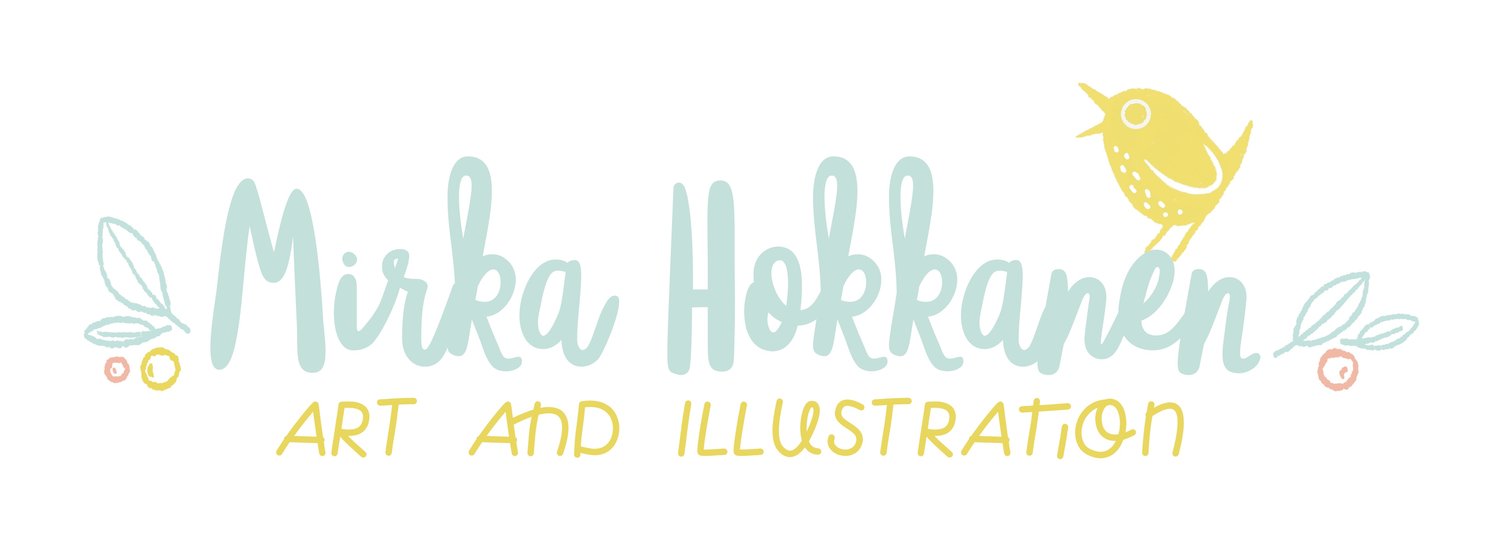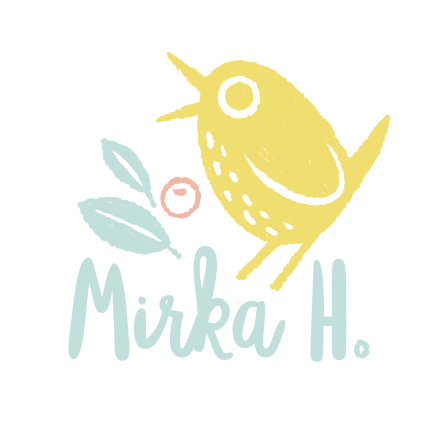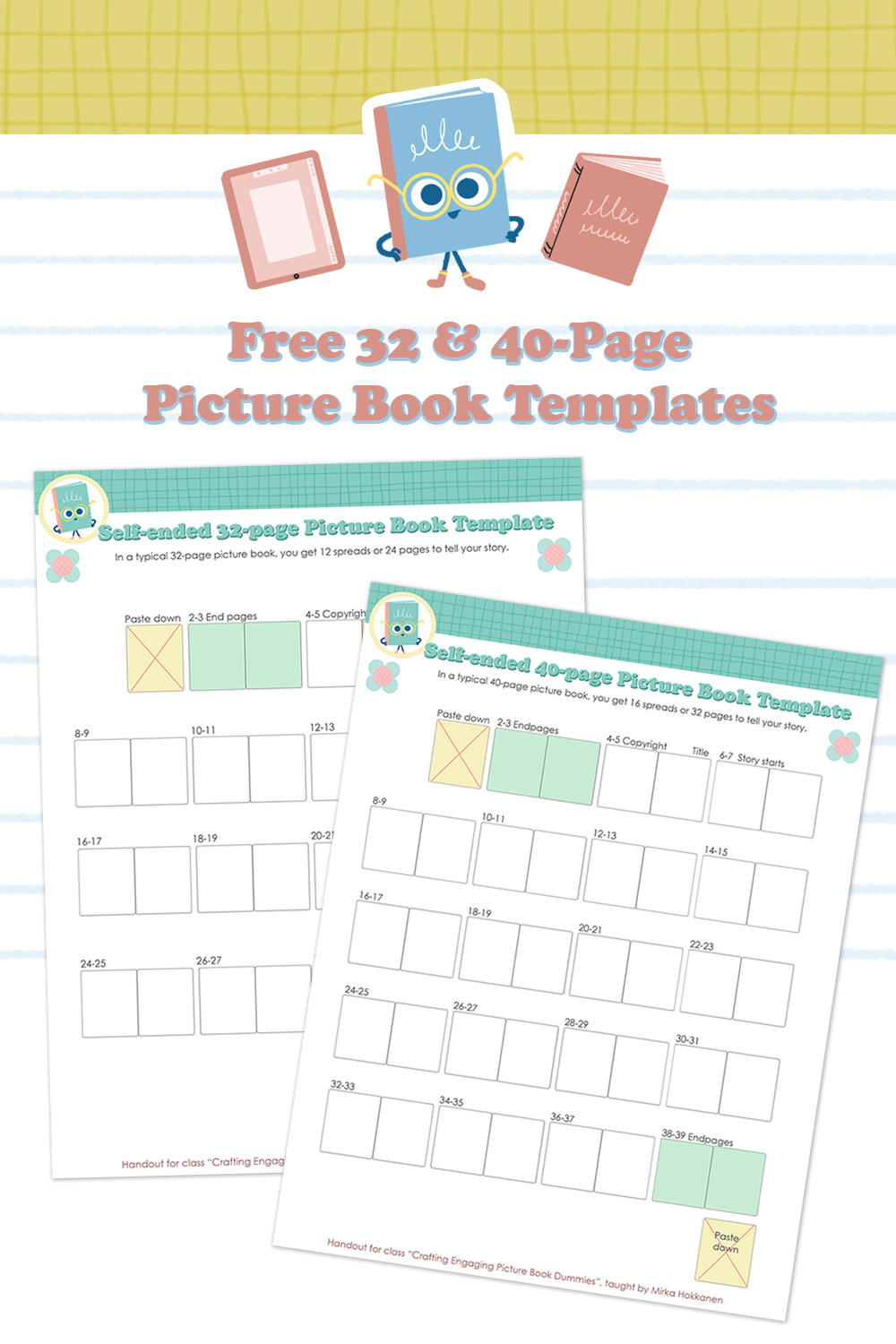Picture Book Dummies: Key Skill for Picture Book Illustrators
What is a book dummy?
If you are new to picture book illustration, you might still be a bit fuzzy on what picture book dummies are. Picture book dummies are mockups of what the illustrator proposes a book would look like. The illustrations are mostly sketches, with 4-6 pages fully illustrated in color to show what the final book would look like.
Kitty and Cat: Opposites Attract, dummy spreads in Procreate on an iPad
Why would you want to make a book dummy?
Let’s start from the top, a professional illustrator makes book dummies to pitch projects to their agent or publishers, and if they have been hired for a book, they create rounds of sketched out dummies to be approved by the publisher before going to final illustrations.
Pre-published book illustrators create dummies to hone their narrative illustration skills, to add pieces in their portfolio, and to try to catch an agent or editors eye.
Making book dummies showcases that you can:
Create a full book in a consistent style
Move a character through space
Show different emotions
Draw a characters consistently
Draw backgrounds and environments
Make interesting layouts and page turns
Making a full book dummy will also give you a taste of the work that goes into illustrating a book.
Character sketches for a little owl.
I’m not an author, where do I get a story to illustrate?
The easiest way to find a story to illustrate is to look for folk stories that are in the public realm, meaning there are no copyrights attached to them. If you google “folk story” many will come out, and you can also find books of folk stories in the library. Because folk stories are in the public domain you can freely edit and change them to make them your own. Think of changing the characters to a different location, to a different time, make them a different creature, or mesh two folk stories together. For examples, you can look up more recent picture books under fractured fairytales.
Little Red Gliding Hood, Tara Lazar, Troy Cummings. Goldilocks and the Three Dinosaurs, Mo WIllems. La Princesa and the Pea, Susan Middleton Elya, Juana Martinez-Neal. I Thought This Was a Bear Book, Tara Lazar, Benji Davies. Little Red and the Very Hungry Lion, Alex Smith. Hensel and Gretel: Ninja Chicks, Corey Rosen Schwartz, Dan Santat. Interstellar Cinderella, Deborah Underwood, Meg Hunt.
Picture Book Dummy Layout
Most picture books have 32 or 40 pages. When books are printed, multiple pages are printed on large sheets of paper, which are then folded up in half multiple times and the edges cut to make the nesting pages, or signatures, that you see if you look at the spines of books.
Signatures attached to book covers
But just because you have 32 pages of a book, doesn’t mean you have all those pages to use for your story. If you examine how your book is attached to the covers, you might notice that the first and last pages are glued down to the covers. So we lose 2 pages for the paste-down.
The reverse sides of the pages pasted down and the page opposite are called the end pages. They can be one color, have a pattern, or some narrative illustrations that relate to the story in the book. We lose 4 more pages to the endpages.
After the end pages, in the beginning of the book you usually get a page for publisher information, and then a second page for the title page, that includes your name, the title of the book, and often some illustration that sets up the story or shows us the character. At this point, we are down 8 pages. So from a 32-page book, you are left with 24 pages to actually tell your story with.
I made the above picture book dummy templates for both 32 and 40 page books to help you visualize how the pages are laid out in general in picture books. If you have a book dummy that you are looking to get published, I’d recommend sticking to either of these templates. Talking to editors, it’s not a dealbreaker if you don’t have the right page count in your dummy, if they love your story, but the editor knows that the book will need work to bring it to the correct page count. But in my opinion, publishing is a tough and competitive industry, and when I show up with a book dummy, I want to look professional and have it formatted to a standard format so that there is that much less friction for an editor to say yes to my work when our paths meet.
I hope that I’ve been able to shed some light on what picture book dummies are and how to create one. I love creating dummies, because I feel like it’s the most creative part of book making. In addition to what I shared in this article, I go deeper into the technicalities of creating picture book dummies in my book dummy class. We look at how to choose a format based on your story, setting up files, creative layouts, file exporting and I’ve included a bonus module on how to make a digital dummy from paper sketches and artwork.
Thanks for reading. Keep on creating!










